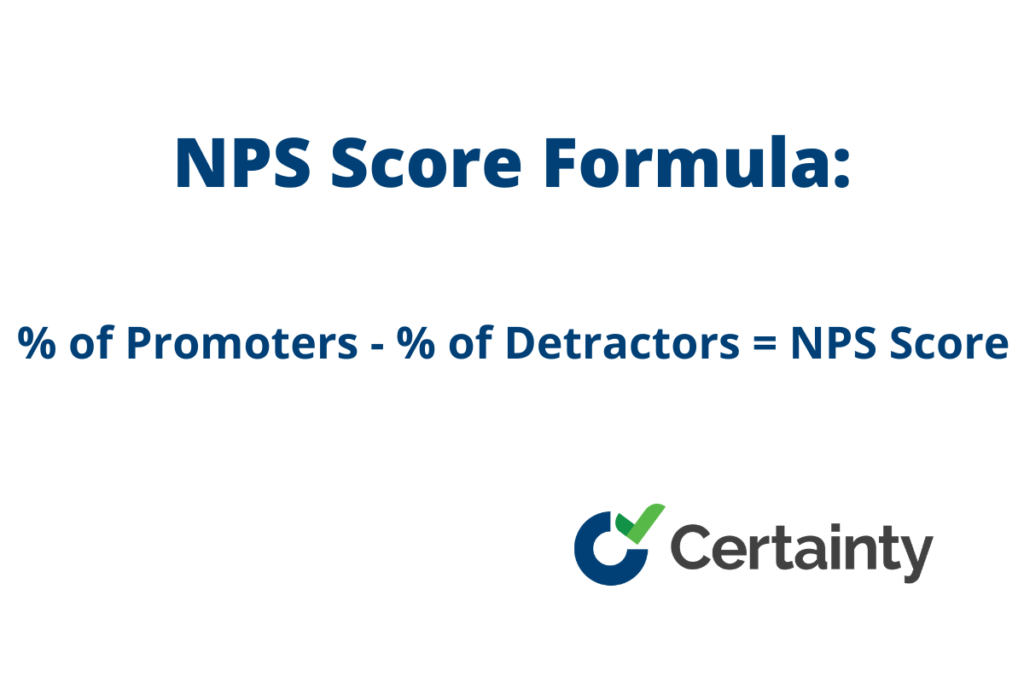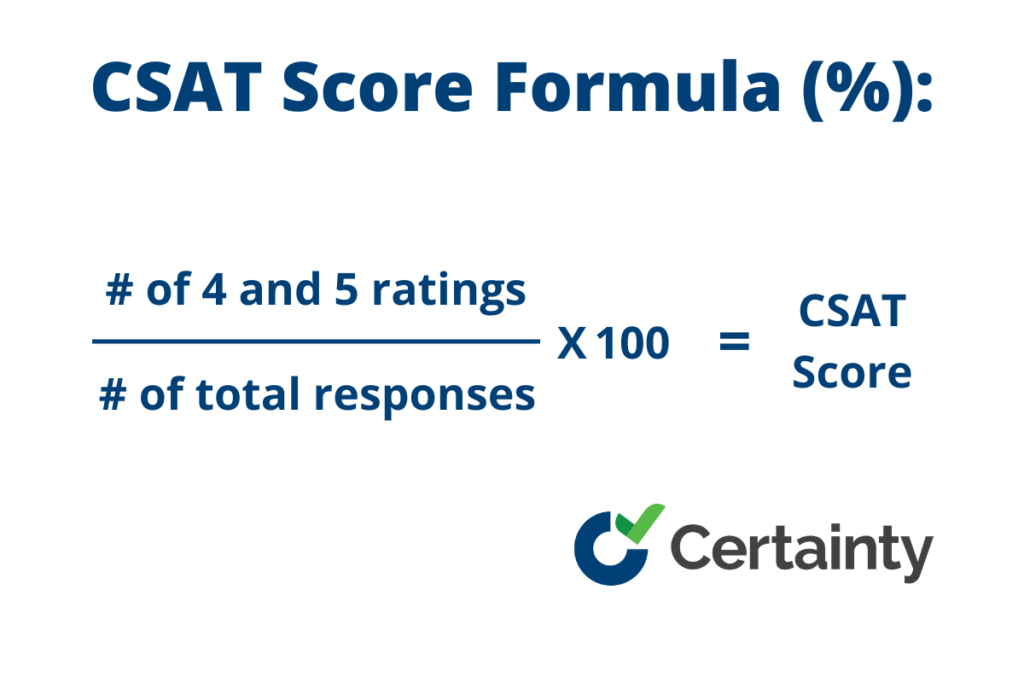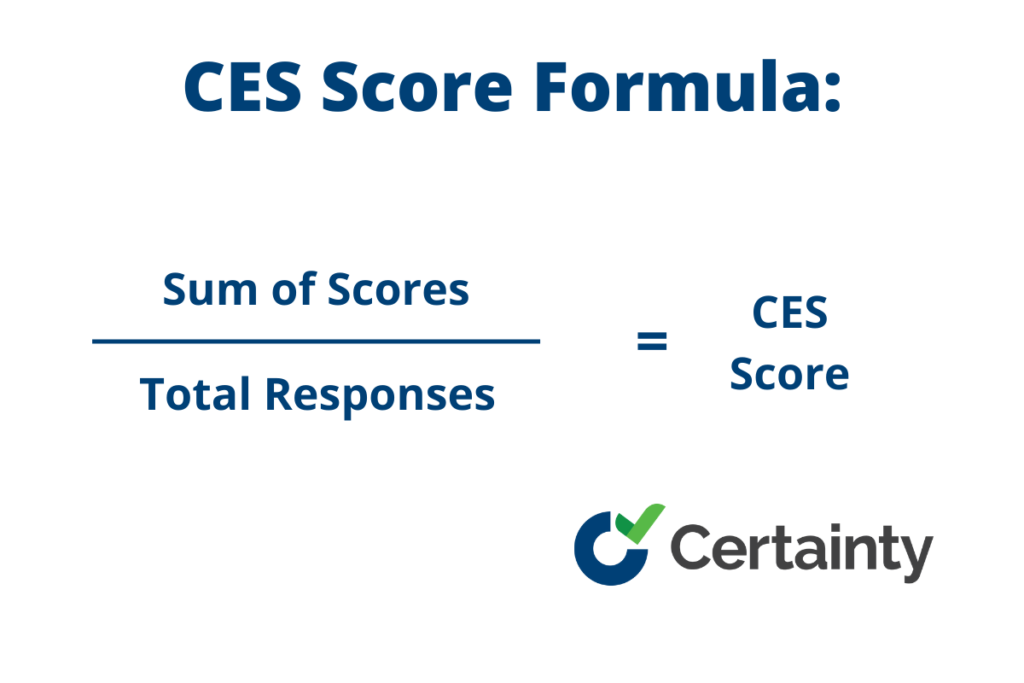In a recent article from Deloitte, they found that businesses that offer a high-quality customer experience can lower the cost of serving customers by up to 33%. With competition growing rampantly across the business landscape, customer loyalty has grown in importance. The Customer Satisfaction Assessment helps to address customer needs and strengthen the customer relationship, rather than just reducing the number of complaints. In addition, Customer Satisfaction Assessment metrics also deliver insights into opportunities for quality, safety, supply chain, and ESG improvements not noticed before.
There are many ways to measure customer satisfaction, and the right metric depends on factors like customer involvement, interaction, needs, and experience. It’s important that you and your customer experience team plan for the following before beginning your assessment:
- Selecting the right types of questions (multi-choice, Likert scale, open-ended, etc.).
- Asking the right questions.
- Deciding the optimal survey tools (online survey, social media, in-store, etc.).
- Understanding of your customer base, customer journey, demographic, customer support channels, etc.

30+ Audit and inspection checklists free for download.
So, what customer satisfaction assessment metrics are useful for your market research on customer satisfaction? There are three commonly targeted customer feedback survey Key Performance Indicators (KPI):
Net Promoter Score (NPS)
NPS (Net Promoter Score) is a metric used in customer satisfaction surveys. It is a simple Likert Scale question that measures loyalty, satisfaction, and enthusiasm. The one question for an NPS Survey is as follows:
“How likely are you to recommend our business/product/service to others on a scale of 0-10?”
The rating scale responses will help you determine your business’s Promoters (score of 9 to 10), your Detractors (score of 0 to 6), and your Passive audience (score of 7 to 8).
After you’ve tallied your responses, you need to calculate your final NPS score. The formula is as follows:

NPS scores can range from -100 to +100 and calculating this will provide customer insights and create opportunities to:
- Develop actions based on customer feedback
- Encourage your most loyal customers (Promoters) to advocate and promote the brand
Customer Satisfaction Score (CSAT)
Another useful metric to measure your customer‘s level of satisfaction is using CSAT. Like NPS, your CSAT score can be identified through one simple Likert Scale question during your customer satisfaction survey:
“How would you rate our customer service?”
or
“Overall, how satisfied were you with our customer service?”
Response options are generally based on a 1-5 rating with 1 being extremely dissatisfied and 5 being extremely satisfied.
Here is the formula to calculate your CSAT Score:

Generally, a respondent’s score of over 70% is considered successful. However, each business has its benchmarks for customer satisfaction based on its own goals.
If you receive a low score on a customer satisfaction survey, follow up with an open-ended question to find out how you can improve the customer experience.
Customer Effort Score (CES)
The Customer Effort Score (CES) measures how much effort your customers have to put into interacting with your product or service.
There are numerous customer satisfaction survey questions that businesses can use in their questionnaire to determine their CES score.
An example of a CES Score question is:
“To what extent do you agree with the following statement: The company made it easy for me to handle my issue?”
Generally, customers will rate their effort based on a 1 to 7 rating where:
7 = Strongly agree
6 = Agree
5 = Somewhat Agree
4 = Undecided
3 = Somewhat Disagree
2 = Disagree
1 = Strongly Disagree
After collecting the responses, you can use this formula to calculate your CES Score:

A CES score of 5 or over is considered good, as it is within the net positive range of 5 to 7.
You may also be interested in:
Longo’s Wins RCC’s 2022 Excellence in Retailing Award
Targeting Total Quality: How a Total Quality Management Audit Can Help



